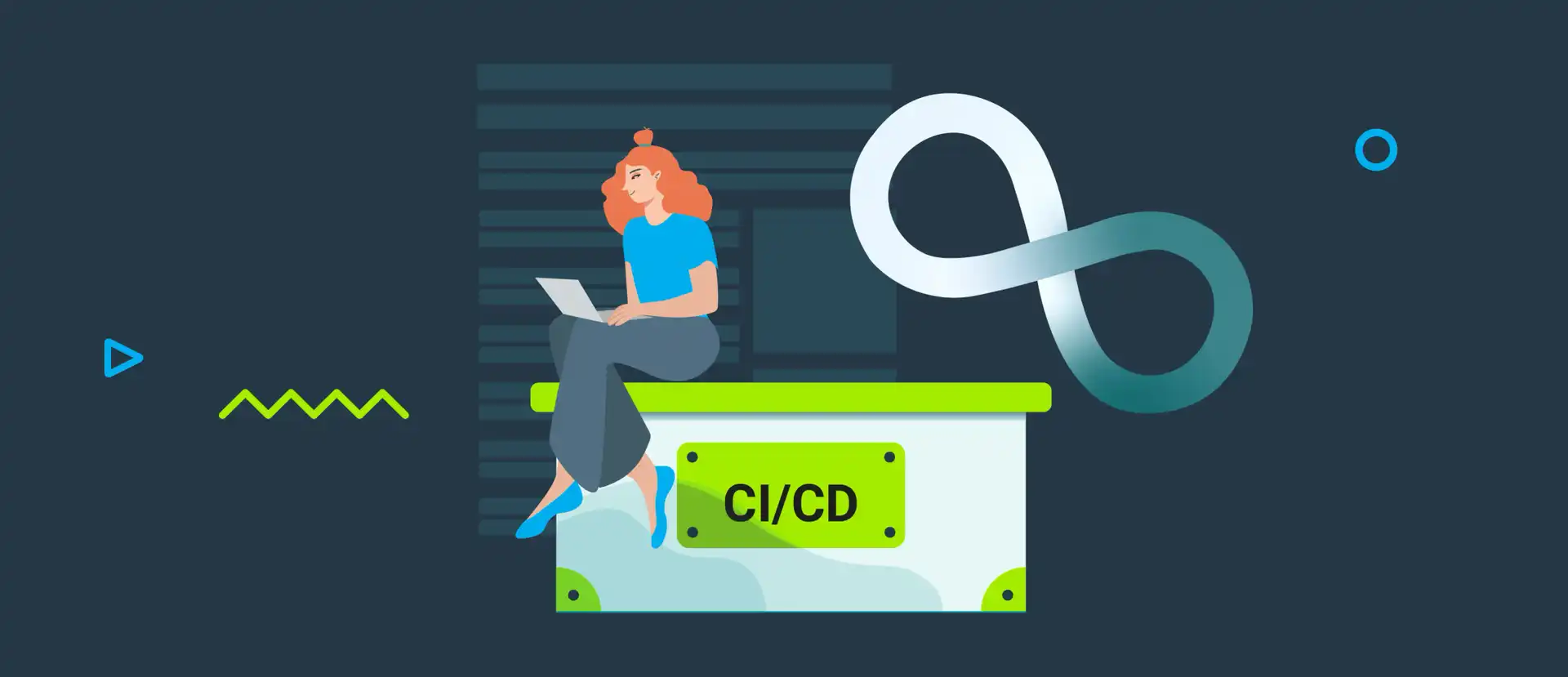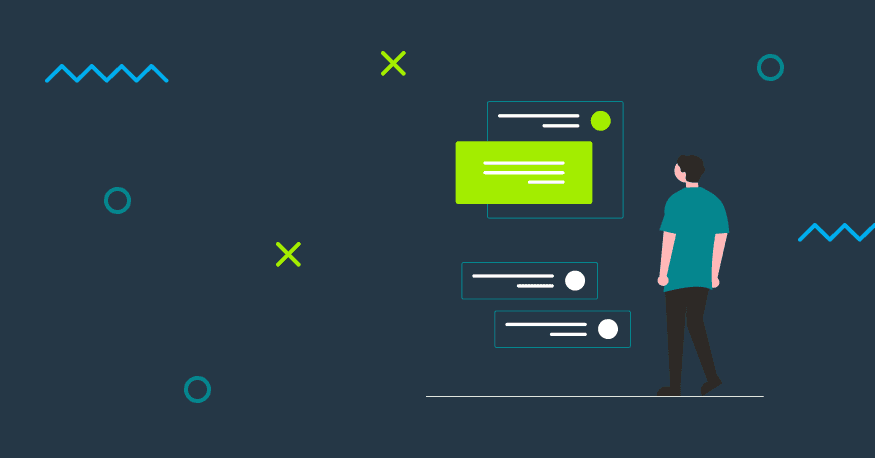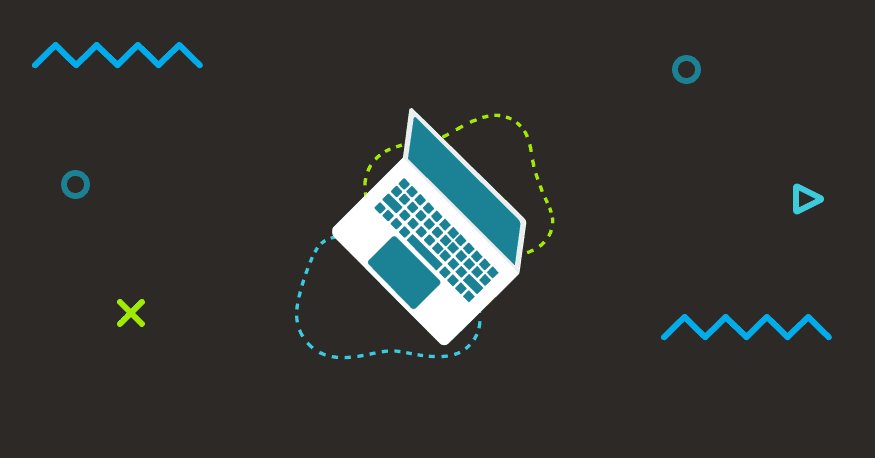Jenkins is an open source automation platform designed for continuous integration purposes. This tool is written in Java and has many plugins. You can use Jenkins to build and test software projects continuously, and continuously deliver digital projects by integrating multiple testing and deployment technologies.
With more than 147,000 active installations and more than 1 million users around the world, Jenkins has been one of the most popular DevOps tools. It was created for developers with one purpose in mind: to become the best build automation server. The tool is free and open source. It helps DevOps automate the parts of software development related to building, testing, deploying, static analysis, and facilitating the CI/CD pipeline. Jenkins is very useful if you want to accelerate the software development process through automation. It can be used both as a simple CI server, and as the CD hub for any project. The tool provides multiple plugins (over 1,000) to integrate with test automation software and frameworks.
Jenkins features
Every time a developer commits their code to the code repository, Jenkins responds to any changes and takes predefined actions—e.g., running tests or performing static code analysis. The user is immediately notified of the errors if the build fails. Therefore, errors and bugs can be fixed in no time. In the event there are no errors, and the build is successful, the code is automatically moved to a ‘release-ready’ environment and the user is notified.
Why use Jenkins?
Jenkins is a free tool with great community support – it’s extremely easy to find tutorials and other resources to get the most out of it. It is intuitive and relatively easy to install because the server was developed as a self-contained program. It is built in Java and hence it is portable to all the major platforms. Jenkins is probably one of the best tools for those who want to improve the development life cycle by automating building, testing, and deployment of software. The more than 1,000 plugins further extend Jenkins’s functionality. On the other hand, if a plugin doesn’t exist, you can just code it and share it with the Jenkins community. Finally, the server uses a master-slave architecture to manage distributed builds. The ‘master’ (which is the name of the main server) can distribute workload to the ‘slave’ servers. This enables you to simultaneously run multiple builds and test environments.





